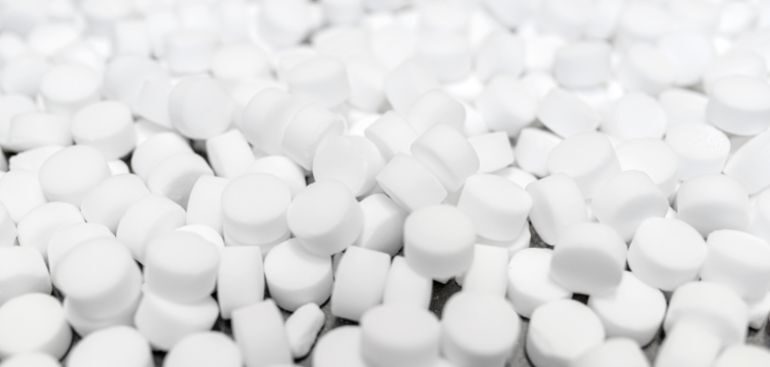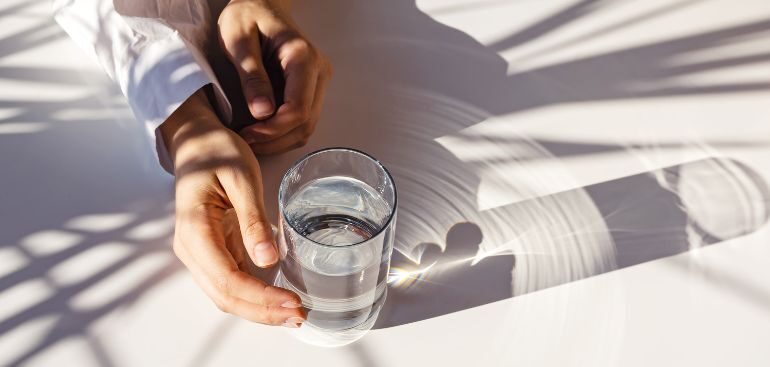Odors in drinking water can originate in the water supply—either a well or public supply line—or in your plumbing system. Even if the water is safe to drink, you want to remove distasteful odors. Read to discover things you should do if your water smells bad.
Read MoreA water softener removes minerals such as calcium and magnesium from your water, resulting in purified water that’s excellent for home use. Softened water improves the efficacy of your hair- and body-washing products, helping you to look and feel your best. It also improves the quality of your freshly laundered clothes and reduces scum buildup.
To get the most out of your water softener, maintain the system with simple, regular care. Use these tips for making your water softener last longer.
1. Clean the Brine Tank
In a water softener system, the brine tank holds the salt solution. Sometimes, a layer of dirt or grime can form on the inside of the tank. Depending on the circumstances, most homeowners need to clean their brine tank thoroughly just once a year.
Wait until the salt level is very low before cleaning the tank. Follow your system manufacturer’s instructions and disconnect all lines between the water softener and the brine tank.
In general, you can wash your brine tank first with a solution of dish soap diluted in warm water. After scrubbing and rinsing the tank, pour two to three gallons of clean water into the tank. Add a quarter cup of household bleach and let sit for 15 minutes. Then, scrub the inside of the tank with a brush, dump the bleach water, and rinse.
2. Maintain the Salt Level
Another tip for making your water softener last longer is to maintain the salt level in the brine tank. While you will probably need to add salt once every six to eight weeks, check the salt level more often.
Keep your brine tank at least one-quarter full of salt and no higher than four inches from the top of the tank. Follow your manufacturer’s instructions when choosing your salt type. Generally, a family of four with average water hardness and usage will use about one 40 lb bag of salt every month.
3. Prevent and Remove Salt Bridges
Salt dissolves in water in the brine tank to form the brine solution. Sometimes, salt crystals clump together and form a hardened layer. When the saltwater leaves the brine tank, the layer of hardened salt remains and forms a salt bridge. A salt bridge creates a barrier between new and water and prevents your system from forming a brine.
To remove the salt bridge, simply scoop out the loose salt above the bridge. Then, break apart the salt crust, remove the pieces, and refill with fresh salt.
To prevent salt bridges from forming, ensure you securely fasten the brine tank lid to prevent humidity from building up in the tank. Use manufacturer-approved salt, and do not overfill the tank.
For a new or replacement water softening system, contact The Good Water Company. We’re a reliable and friendly water softening equipment supplier servicing homeowners in New Mexico and Colorado. For fresh water free from excessive minerals, call us today.
You want your drinking water to not only be contaminant-free but also to taste and look great. Problems with your water’s aesthetic characteristics—such as its taste, color, and odor—can make the water unappealing to drink.
Improve the aesthetics of your home drinking water for your household and guests. Read on to find out what you should know about drinking water aesthetics.
Examples of Water Aesthetic Issues
Water aesthetic characteristics include its taste, color, scent, salinity, hardness or softness, turbidity, and temperature. While you’re probably familiar with the meanings of most of these factors, let’s take a closer look at a few.
- Salinity: the amount of salt dissolved in water. You may or may not taste the sodium in your drinking water.
- Hardness or Softness: the concentration of dissolved calcium and magnesium in the water. The higher the amount of these minerals, the harder your water is, and vice-versa.
- Turbidity: the cloudiness of the water. The higher the number of small particles suspended in your water, the hazier the water appears.
Your water might be safe to drink, but if you have problems with the water’s aesthetics, you might not be drinking as much as you should. With the right home treatment solution, you can have immaculate drinking water straight from the tap.
Health Consequences
Another thing to know about drinking water aesthetics is that, generally, aesthetic problems aren’t health related. For example, if you dislike the taste of your water, that doesn’t necessarily mean the water is dangerous to drink.
Testing your water is the best way to understand its chemistry and the factors that influence appearance, smell, and taste. Depending on your health needs, treating your water to solve its aesthetic problems can support your overall well-being. And the more appealing your water appears, the easier it is for you to stay hydrated.
Treatment Methods
Your household deserves refreshing, pristine water. Many people who have problems with their home water’s aesthetics choose to buy water in plastic bottles. However, a convenient home treatment solution means you can have delicious water at home all the time.
The most effective treatment method depends on your home water’s specific problems. After assessing your water supply, your service provider can install a customized solution to improve your water quality.
For the best home drinking water solutions in New Mexico and Colorado, contact Good Water Company. We can have your water laboratory tested, then install the right water filtration service for your home. Contact us today to solve your home drinking water problems.



